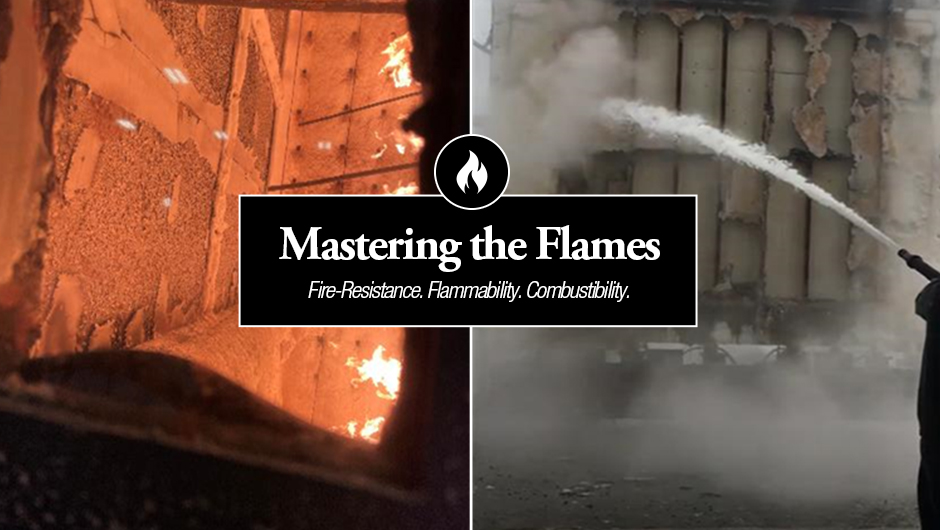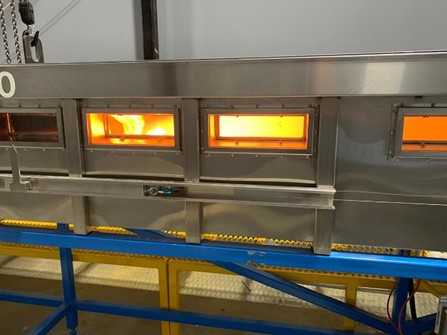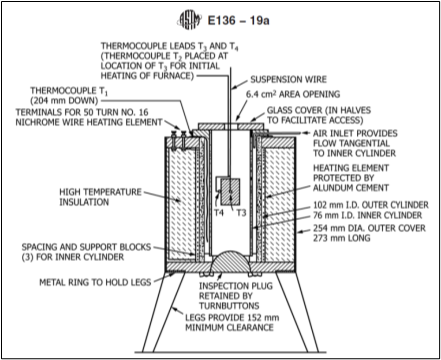The Newsroom
PABCO PRO Tip: Mastering the Flames – A Deeper Look into Gypsum Panels and Fire Protection

Discover the essentials of fire testing for gypsum panels. This article provides an explanation of each and how they differ.
Fire-Resistance, as part of an assembly
Fire resistance is defined as the ability to withstand fire or give protection from it for a period of time. As applied to elements of buildings, fire resistance is characterized by the ability of an assembly to confine a fire or to continue to perform a given structural function, or both. E119 Standard Test Methods for Fire Tests of Building Construction and Materials is the standard test method to determine an assembly’s fire-resistance rating.

Flammability, as a product
For building products, flammability is defined as being capable of burning with a flame under specified conditions. ASTM E84 Standard Test Method for Surface Burning Characteristics of Building Materials is the standard test method to determine surface burning, specifically flame spread and smoke development. This provides a flammability class of A, B, or C, as defined below:
- Class A = Flame spread index 0–25; smoke-developed index 0–450
- Class B = Flame spread index 26–75; smoke developed index 0–450
- Class C = Flame spread index 76–200; smoke-developed index 0–450
Combustibility, as a product
Building products are considered combustible if they are capable of oxidation that occurs at a rate fast enough to produce a temperature rise along with a glow or flame in air at pressures and temperatures that might occur during a fire in a building.

E136 Standard Test Method for Assessing Combustibility of Materials Using a Vertical Tube Furnace at 750°C is the standard test method used to determine combustibility. Building products successfully meeting the criteria of E136 are allowed for use in noncombustible construction per the International Building Code (IBC).
Summary
In summary, ASTM E84 and ASTM E136 provide gypsum panel products with a classification, where ASTM E119 provides a fire-resistance rating for assemblies containing gypsum panel products. It is critical to note that to achieve the given fire-resistance rating, the assembly must be constructed as tested.
